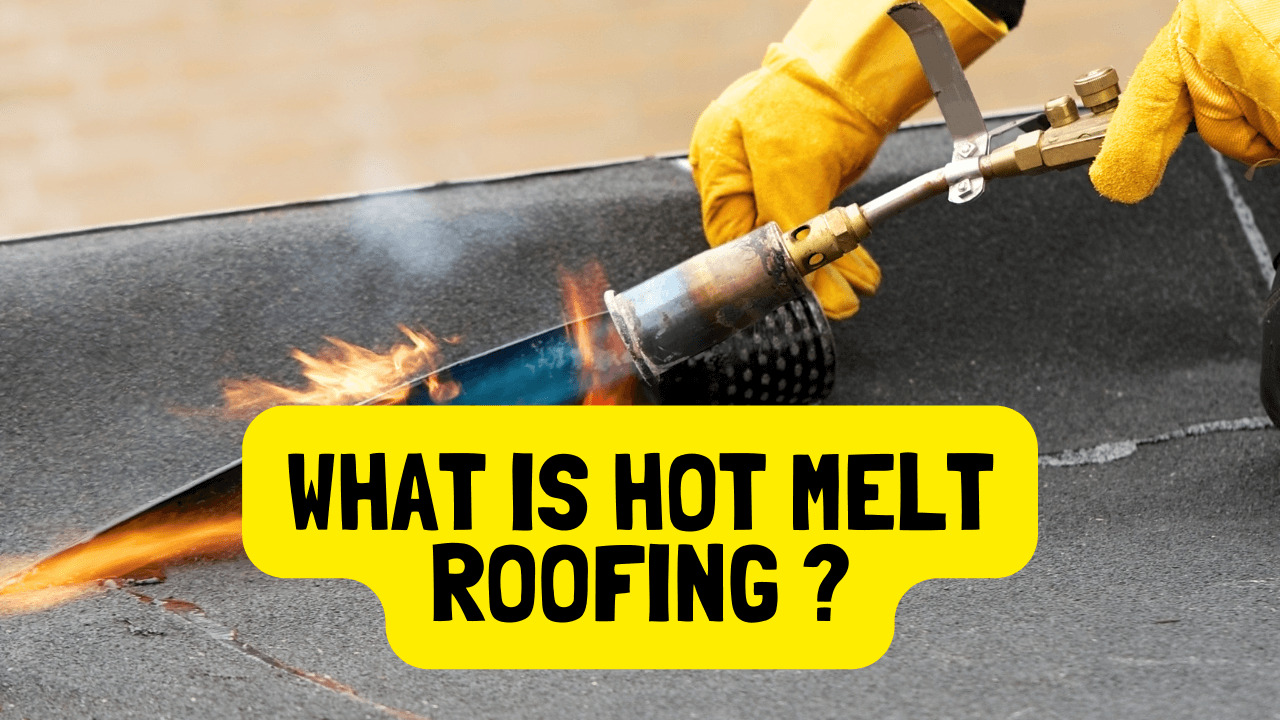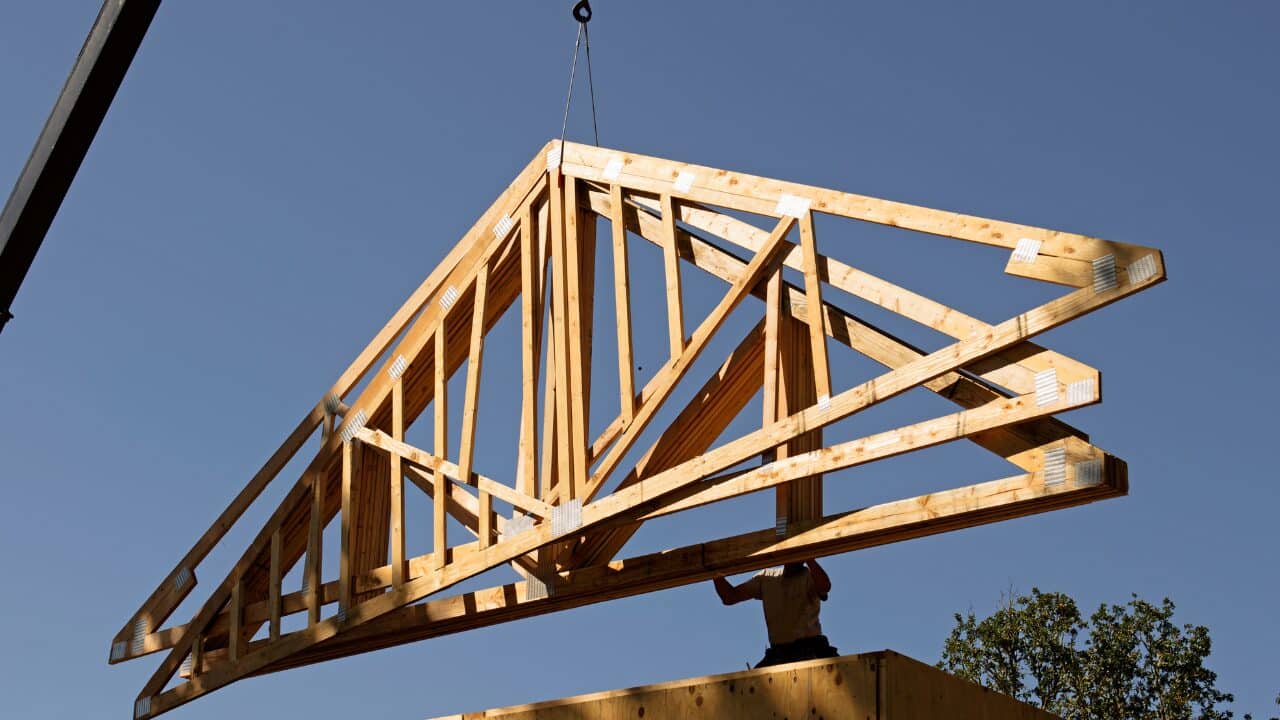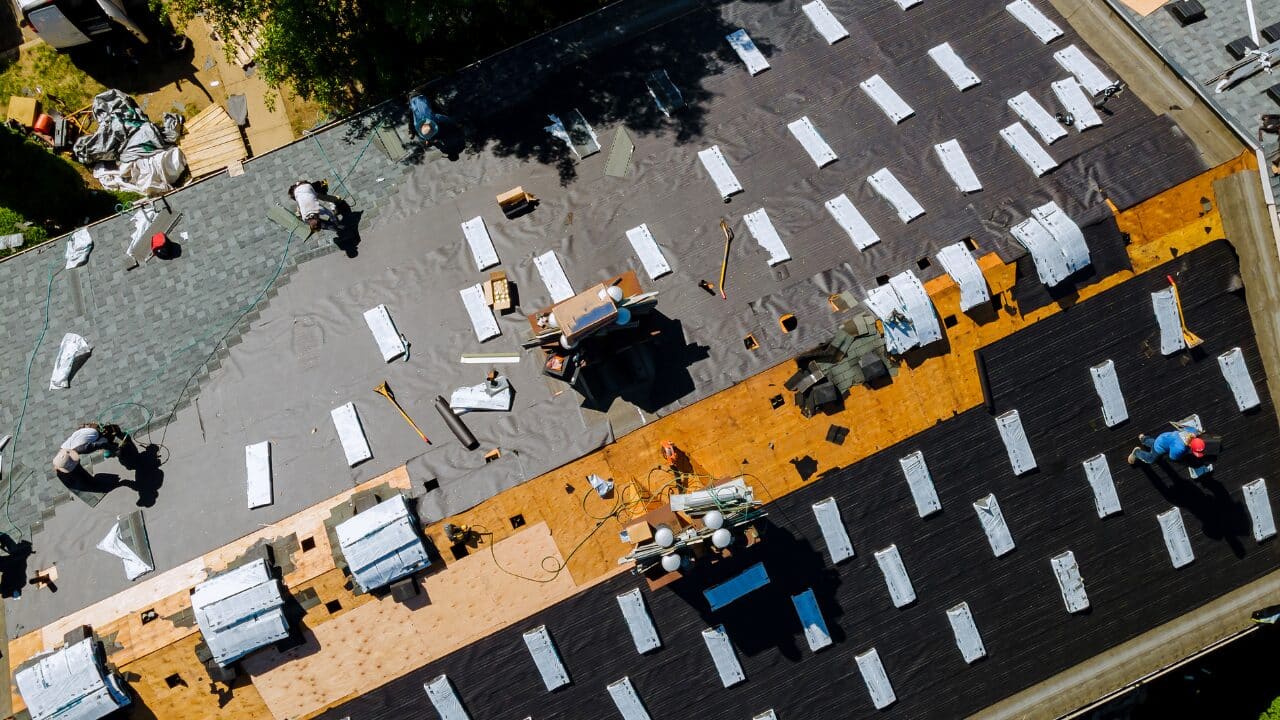When choosing a new roof for your business building, there are several factors to consider, including the local weather conditions, the structure’s style, and the roofing materials’ endurance. The single-ply roof and the hot melt roof are two prominent commercial roofing options.
Applying a hot liquid to a previously prepared surface creates a self-healing membrane in hot melt roofing systems. This monolithic system can change the structure’s contour to create a great waterproofing solution.
The most typical use of hot melt is an inverted roof system, in which the membrane is installed directly on the deck and insulation is installed on top, weighed down with ballast materials. When waterproofing a concrete deck, hot melt is the simplest and fastest solution.
It can be found in various projects, ranging from small residential terraces to massive inverted roofs of commercial offices and modern shopping malls.
Table of Contents
Hot Melt Roofing: An Overview
Applying a waterproof membrane in the form of a hot liquid directly to a prepared roof or structural deck is known as hot melt roofing. Although working with potentially dangerous hot materials and fluid is required for this form of roofing, it produces an excellent outcome that is difficult to damage and has a long-life expectancy.
This roofing option consists of a two-layer bituminous rubber system with a 6mm thickness, reinforced fleece between the layers, and a fully bonded felt layer on top. This can be used to connect concrete, wood, masonry, and other materials, easily hiding surface defects.
Hot Melt is made to last for the whole life of the structure on which it is put. The adaptable design can be wrapped around beams and posts, and it can withstand rain and ice right away.
When Do you Need To Consider The Hot Melt Roofing?
If you need to waterproof a concrete deck, a hot melt roofing system is the simplest and fastest solution because it doesn’t require a drill, has a quick-drying period, and doesn’t require a separate membrane.
A hot-melt waterproofing system is the greatest alternative available for your convenience, whether you live in a tiny residential building with small terraces or need a waterproofing solution for your office or modern shopping complex.
Consider Hot Melt Roof For Better Drainage System
It is common knowledge that all flat roofs must have a fall for proper drainage. Furthermore, most architects create roofs with flat tops, leaving no room for the falls to be accommodated.
Almost all waterproofing technologies necessitate a minimum fall for waterproofing. However, hot melt roofing is performed on flat roofs without the need for a fall. It is taken into account while limiting the height of a structure.
No Need For Tapers And Screeds
You may eliminate the requirement for tapers and screeds with the Hot Melt Roofing System, making the solution even more cost-effective. Using hot melt roofing, you can save money on tapering. The hot melt roofing system saves you time because it’s a quick waterproofing solution if you’re on a tight schedule.
Contact hot melt roofing professionals during the winter to get your system installed. The installation of a hot melt roofing system is always convenient, regardless of temperature.
Appropriate Installation Of HVAC System Because Of Hot Melt Roofing
If you’ve recently moved into a new flat with a roof with a complicated layout that makes falls difficult, or you need to install HVAC equipment, a hot roof melting system can make your life much easier. On top of the insulation, you can place a floating concrete plinth.
Positioning the plant outside the insulation system or membrane eliminates the possibility of cold bridging.
Benefits Of Hot Melt Roofing
- Installation time is cut in half
- lowering the price of a flat roof
- Hot melt detailing makes complicated roof layouts and penetrations simple
- successfully constructing a range of roof styles, such as walkways, green roofs, and podium decks
- There are no seams or connections in hot melt roofing. Thus there is no possibility of weather or water damage
- When proper drainage is in place, it can be used efficiently for buildings with zero falls
When Do You Need To Avoid Hot Melt Roofing?
On projects where the deck cannot withstand the weight of the inverted roof system, specifiers should avoid using hot melt. The insulation must be held down with minimum ballast weight. Metal substrates are not adapted to hot melt because they must first be coated with lumber before getting the liquid membrane.
Finally, the roofing system may not be suited for projects where having a hot boiler on-site or a product heated to an application raises health and safety or management concerns.
Specifiers should first consider the weight of the needed roofing system when designing the deck and supporting structure. Specifiers should contact hot melt producers and distributors as soon as possible.
Conclusion
The inverted roof’s membrane is protected from the elements and any type of footfall and mechanical damage. The membrane adheres completely to the deck in a hot roof, preventing water from leaking between the roof and the membrane.
Make sure always to hire professional contractors to install the hot melt roofing for long-lasting results. In this way, you can get better visual details of your roof. However, the durability and appearance of hot melt roofing depend on your area’s location.





